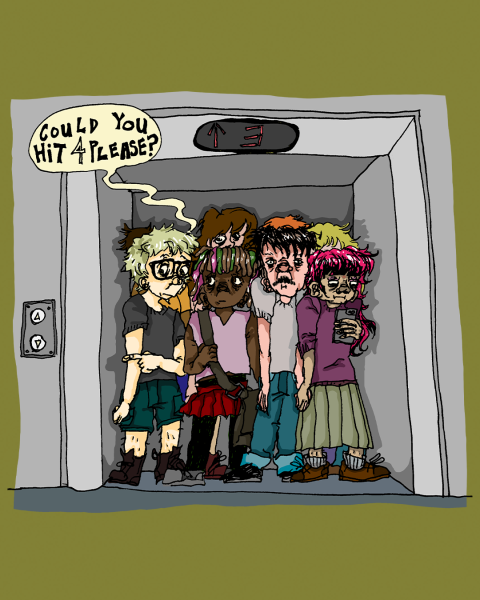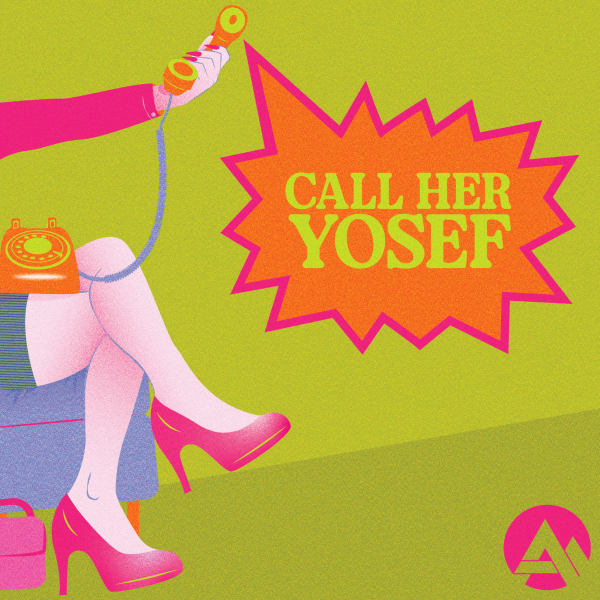OPINION: Social media has destroyed your self image
October 6, 2021
We live in unprecedented times, but the pandemic isn’t the only thing that comes to mind. The abundance of technology and presence of social media in college students’ lives is unlike ever before. Research concerning how the constant use of social media has impacted college-aged students, especially women, is a small but growing topic of interest and worry. For example, internal research documents from Facebook have reported that one in three teenage girls with body image issues report they have become worse because of Instagram. Facebook also uncovered evidence that increasing levels of anxiety and depression could be linked to social media outlets like Instagram. The impact of social media on teenagers and college-aged young adults is becoming more evident everyday.
As of Feb. 8, 84% of women aged 18-29 in the U.S. use at least one social media site. College-aged women and teenage girls constantly see and compare themselves to one another on social media. At every point in history, there has always been an ideal body type for women, whether it’s the boyish figure of the 1920s or the hourglass Marilyn Monroe-esque figure of the 1950s. Social media creates an easily accessible outlet for the promotion of whatever body type is “in style,” even if that body type is nearly impossible to attain.
From celebrities to regular people, editing photos before posting them on social media has become the norm. Weight, skin color, facial structure and more are altered in many photos online, which promotes unreal beauty standards. Young women are being fed fake photos and are comparing themselves to bodies that are unrealistic. Nonetheless, young women want to fit in and achieve the ideal body type, even if that means wanting to look like an edited version of themselves.
The constant promotion of the ideal body type few have can destroy the self image and confidence of vulnerable young women. People with a negative self image are more susceptible to mental health issues like depression and developing eating disorders. An increasing number of young women have turned to disordered eating to achieve the ideal body type.
In response to the increase in disordered eating and mental health issues, the body positivity movement was formed. The movement combats the unrelenting body standards young women are struggling with. The body positivity movement is supposed to promote confidence, love and acceptance for one’s body despite its perceived flaws. As body positivity gained traction, it lost sight of its purpose. It became yet another way to isolate women who are not thin or average in size. Lizzo, a popular music artist and body positive icon, speaks about this issue. She highlights how the movement has helped small to average-sized women accept their bodies but does a bad job helping or even including plus-size people in the conversation. Body positivity among plus size women is still often stigmatized and branded as promoting unhealthy habits on social media.
Instead, Lizzo encourages a new movement often coined “body neutrality.” Body neutrality promotes a lack of attachment to one’s body and how it looks. It encourages viewing one’s body as a vehicle that helps one function as a human being. The focus is removed from loving how the body looks to appreciating how it functions.
The body neutrality movement has the potential to be inclusive of every body type as it removes the need to highlight body types. Body neutrality is the key to combating the destruction of young womens’ self image issues stemming from beauty standards on social media. As more people promote viewing their bodies as functioning vessels in need of fueling, beauty standards will begin to feel less impactful. Afterall, women are more than just their bodies and it is about time a movement such as body neutrality was formed.












